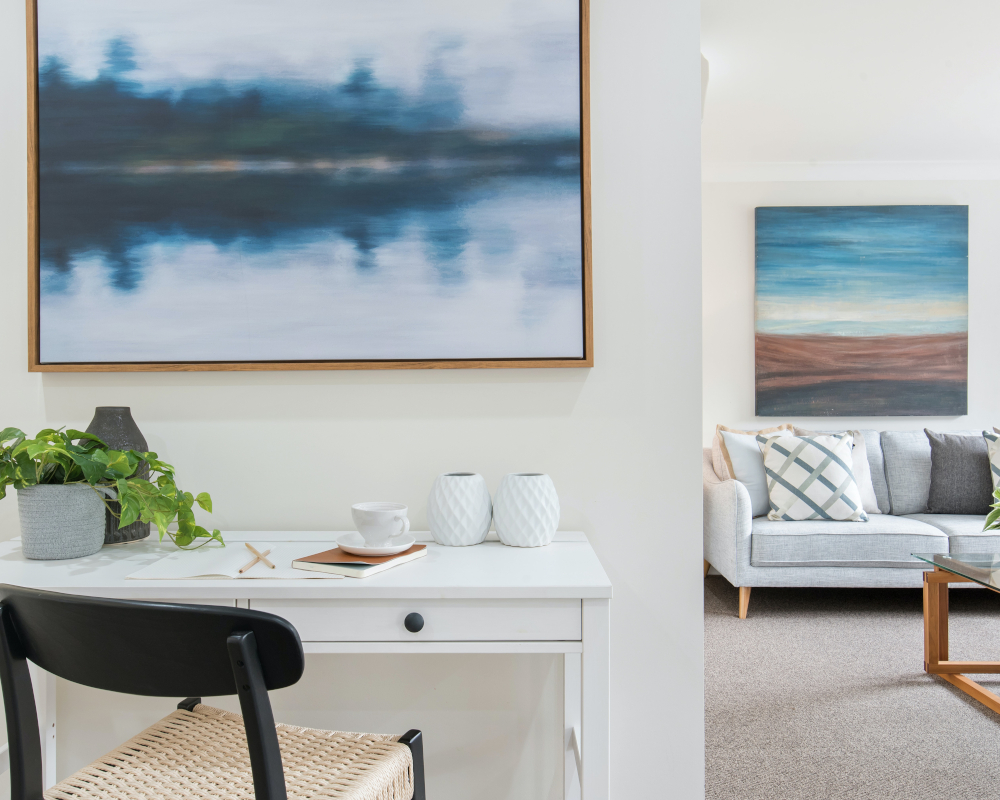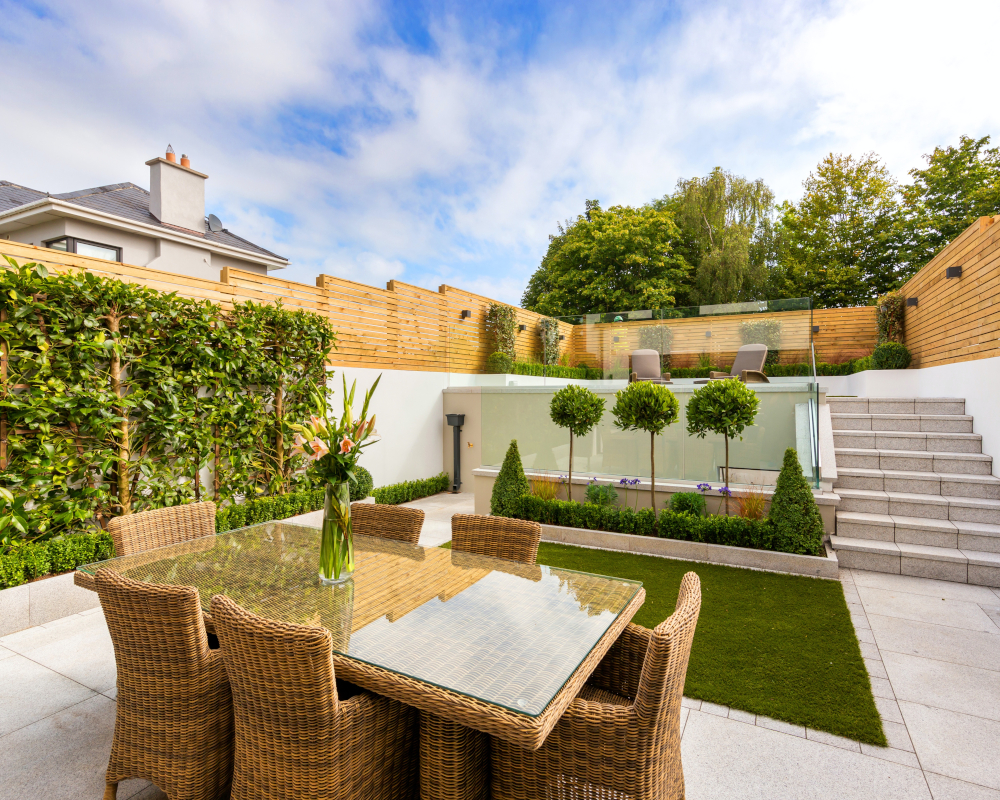17 Ways To Create Extra Storage In Your Home
Efficient storage solutions are essential for maintaining a clutter-free and organized home. With the right strategies, you can optimize your existing space and create storage solutions that are both functional and stylish. In this article, we’ll explore 17 creative ways to make the most of your available space and create additional storage in your house.
1. Embrace Vertical Storage
Utilize vertical space by installing shelves, cabinets, or wall-mounted organizers. This approach not only adds storage but also draws the eye upward, making rooms appear larger.
2. Under-Stair Storage
Convert the space beneath your stairs into built-in drawers, shelves, or cabinets to make use of an area that’s often overlooked.
3. Multi-Functional Furniture
Invest in furniture pieces that serve dual purposes, such as ottomans with hidden storage or beds with built-in drawers.
4. Floating Shelves
Floating shelves are a stylish way to display and store items without taking up floor space. Install them in the kitchen, living room, or even above your bed.
5. Over-the-Door Organizers
Hang over-the-door organizers on the back of doors to store shoes, accessories, cleaning supplies, or toiletries.
6. Utilize Corners
Install corner shelves or cabinets to utilize often unused corner spaces in rooms.
7. Built-In Cabinets and Closets
Create built-in cabinets and closets in awkward or underutilized spaces like hallways or alcoves.
8. Under-Bed Storage
Invest in beds with storage drawers underneath or use plastic bins to store items out of sight beneath the bed.
9. Open Shelving in the Kitchen
Replace some upper kitchen cabinets with open shelves to keep items accessible and visually appealing.
10. Drawer Dividers
Use drawer dividers to organize utensils, accessories, and small items neatly.
11. Wall-Mounted Hooks
Install wall-mounted hooks in entryways, bathrooms, or bedrooms to hang coats, bags, towels, and more.
12. Fold-Down Tables
Install fold-down tables or desks to create functional workspaces that can be tucked away when not in use.
13. Pegboards and Grids
Mount pegboards or grids on walls to hang tools, craft supplies, and kitchen utensils.
14. Overhead Storage in Garages
Maximize garage space by installing overhead racks or platforms to store items like seasonal decorations or outdoor gear.
15. Baskets and Bins
Use decorative baskets and bins on shelves or under furniture to corral and hide clutter.
16. Repurpose Furniture
Repurpose old furniture pieces into unique storage solutions, such as turning an old dresser into a bathroom vanity.
17. Utilize Nooks and Crannies
Identify small nooks, alcoves, and gaps between furniture where you can fit slim storage solutions like narrow bookshelves or rolling carts.
Conclusion
Creating more storage space in your house doesn’t necessarily mean a major renovation or adding square footage. By thinking creatively and using these 17 strategies, you can optimize your existing space to its fullest potential. From maximizing vertical space to repurposing furniture, each approach contributes to a more organized and clutter-free living environment. With these storage solutions, you’ll find it easier to maintain a clean and inviting home while showcasing your personal style.
Repurpose old furniture pieces into unique storage solutions, such as turning an old dresser into a bathroom vanity.
– MyFourWalls


